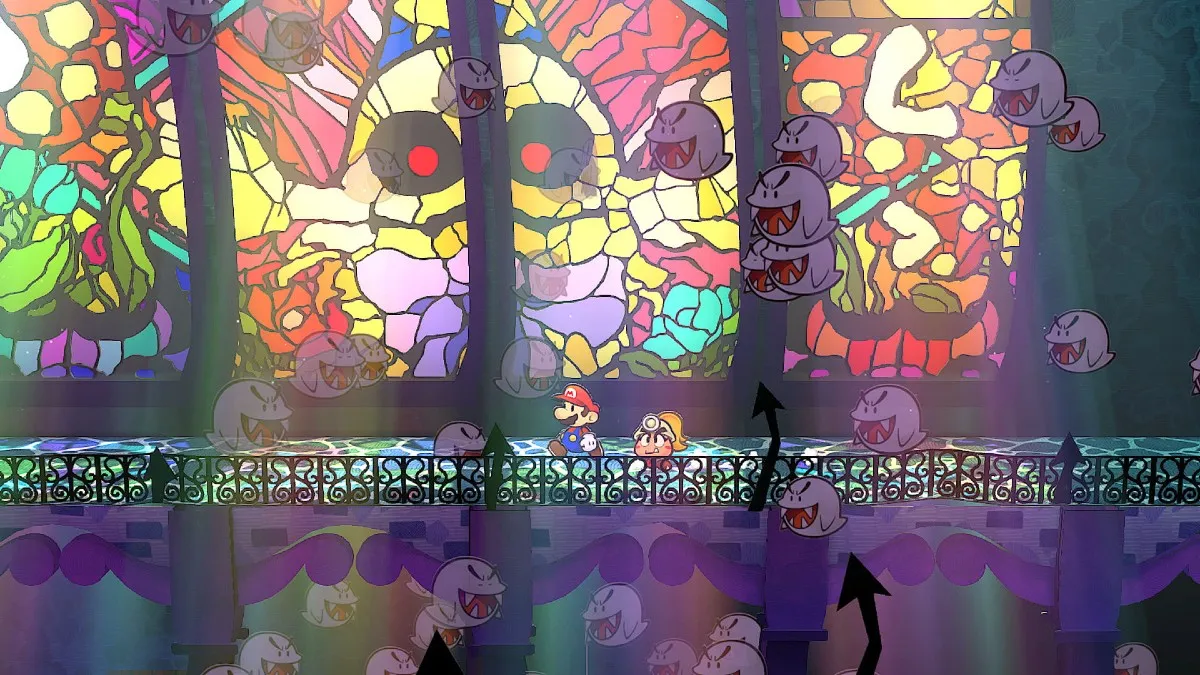Since as far back as the early 1990s, major electronics companies have wanted to take virtual reality mainstream. A futuristic vision of digital entertainment dreamt up in sci-fi novels fifty years earlier, it was hoped at the time that this unique medium would capture the imagination of consumers and prove the next big thing. Gimmick headsets such as Nintendo’s Virtual Boy and Sega VR, however, were doomed to fail before they even launched; the technology simply hadn’t caught up to the vision. The headsets were clunky and the experiences underwhelming.
But thirty years on and the future has arrived: From Batman simulators to lightsaber-wielding rhythm games, VR is offering experiences that realize that original conception.
And yet, for all the excitement over its potential, VR is struggling to penetrate the mainstream. Eight years on from the first Oculus headset there’s still no sign of any watershed moment to see it explode onto the scene.
The momentum generated by initial hype has slowed to a trickle — not quite treading water, but hardly moving forward at the sort of breakneck pace that has defined the tech space for the past two decades.
VR’s struggle to gain traction now poses a real conundrum for interested parties looking to enter the market: quality software is needed to attract consumers, but how does one justify developing for a platform that isn’t being used by all that many people and presumably won’t give you an acceptable return on investment?
Presently, a huge pool of potential consumers just don’t know or understand the VR medium — how the hardware operates, what sort of experience it offers, and why it’s worth spending money on over devices like smartphones and conventional PCs.
Even for those who are up to speed with VR, the longer the tech takes to produce a killer app or breakthrough piece of hardware the more the narrative shifts from trend-setter to a novelty peripheral.
Of course, VR certainly has a community of passionate supporters, both on the consumer and developer side. And with powerhouse electronics and technology firms like Google, Facebook, and Valve willing to go gangbusters to try and push the technology forward, VR isn’t going away anytime soon.
But for the brave few developers who have been pioneering software for the VR platform, what are the creative and financial rewards for right now? And in their eyes, looking forward, what are its best prospects of cracking the mainstream in 2020?

The Creative Appeal
“It’s an opportunity to break through and create something unique,” says Paul Crabb, technical director at developer/publisher Coatsink, a UK company that has produced several games under the Oculus Studios banner.
He explains to me that for new companies “VR is a great way to try and carve out your own niche,” going on to outline that while innovating new ideas is still possible in conventional games, there’s less room for it and far more competition.
Inxile Entertainment’s Brian Fargo, a developer with a 30-year long track record of producing quality video games that includes the studio’s first VR project, The Mage’s Tale, is similarly drawn to this notion of pioneering development for a new medium.
He recalled his first encounter with the platform when speaking with Twinfinite last year:
“I was immediately intrigued by VR when I first experienced it, and I wanted to experiment with a new medium and all its unique attributes. The first time I tried a video game back in the ‘80s I got a rush and thought about all the ways I could use the medium to bring our D&D dungeon crawling fantasies to life. VR gave me that same rush”
Fargo later added that “creating experiences with new concepts and approaches is quite appealing to creative people.”
When Twinfinite asked Sebastian Strand, producer and lead Programmer at Zoink Games, an independent developer working closely with Sony to make PSVR exclusives, he too remembers being struck by an enthusiasm for “exploring this new, exciting playspace before anyone else” and working without the constraints of “an established ruleset.”

Another of the key takeaways echoed by virtually everyone I’ve spoken to working in the VR space is that beyond the intrigue of the technology itself, it’s the tight-knit community of developers and the level of support on offer that makes this budding new industry segment all the more appealing.
“[There’s] collaboration and camaraderie between the developers [that is] unique to VR,” Paul Crabb from Coatsink said when I ask him about how the team has coped with overcoming technical challenges. He then went on to explain:
“Everyone is super willing to share all the solutions and experiments they’ve found, and so there’s no one solution that can be attributed to any one company. Everyone has been pitching together and helping each other out with the amazing discoveries they’ve found.”
And for those working closely with Oculus, the publisher itself has been on hand to help with development. Brian Fargo talked up Oculus’ commitment to helping developers quickly get to grips with the hardware:
“Oculus Studios provided us with a ton of help, with other titles to play, direct guidance from Oculus staff, early versions of prototype products, and on some occasions even connected us up with other Oculus Studio teams to give us detailed explanations on how they implemented certain features.”
Zoink Games’ Sebastian Strand was complimentary of Sony’s assistance through his team’s dealings, too, talking up their willingness to trust the team and provide free reign to “do their own thing.”
Financial Risks
It’s clear that for the VR hardware publishers keen to support their headsets with as much content as possible, it’s in their best interest to offer as much assistance as is necessary. Importantly, too, to loosen the reins and just see what comes of giving these third-party studios carte blanche to go and create. Based on that alone, it’s easy to understand why that’s a huge incentive for developers from a creative standpoint.
Still, there’s a worrisome financial risk associated with making the jump to VR development that’s understandably off-putting for many. It’s an issue at the very heart of what’s halted VR’s momentum in its tracks, which was voiced by several respondents to XRDC’s annual VR and AR market survey back in August of 2019.
“Funding is plentiful, but most of the money gets swallowed up by the largest corporations,” one said, who went on to lament that “unfortunately, small and medium-sized companies are growing by acquisition into larger companies rather than solo development.”
Another mooted:
“small and medium companies shoulder such a large amount of the risks to bring a product to market. It would be great to have some capital or resources to bring visibility to these smaller projects before they are selling off company assets.”
Despite this, the developers I’ve spoken with are all quite pleased with the financial results from the various VR projects they’ve been involved with. Coatsink told Twinfinite that results “vastly exceeded” expectations. Other interviewees seemed quite pleased with returns, too, even in comparison to the performance of conventional games they’d released.
Not all developers are having the same luck, of course, and it’s worth noting that these were all companies that have been working somewhat closely with publishers like Oculus and Sony — publishers interested in making sure their VR ecosystems are being supported with new content and thus perhaps with a keener interest in looking after the studios developing for them.




